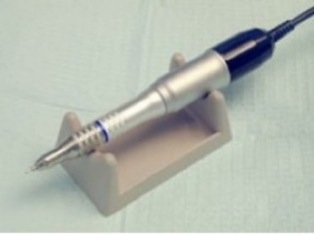Hair transplant surgery is now highly sought out for Abu Dhabi hair restoration. The procedure removes viable hair from where still present on the head (traditionally). Grafts are then created to place in areas lacking sufficient hair.
Statistics on Abu Dhabi Hair Restoration
The Middle East has experienced the biggest increase in recent hair restoration surgeries. The International Society of Hair Restoration Surgery tracks worldwide statistics on procedures. Its 2009 Practice Census Facts and Figures reveals methods are both surgical and non-surgical. The study reveals:
- An estimated 252,002 hair restoration procedures were performed worldwide in 2008 (a 12% increase from 2006).
- 20,647 procedures were performed in the Middle East in 2008 (a 68% increase from 2006).
- In the United States, 227,216 hair restoration patients were treated (surgical and non-surgical).
- In the Middle East, 55,750 hair restoration patients were treated (surgical and non-surgical).
Compared to FUT, FUE is a less invasive surgery with minimal scarring and faster recovery. If scarring does occur, the circular holes are not noticeable. The downside is the technique is more difficult and time consuming, and some surgeons do not offer it.
Follicular Units for Abu Dhabi Hair Restoration
Dr. Masumi Innaba, a Japanese dermatologist, first described the process of extracting individual follicular units in 1988 using a 1-millimeter needle. Surgeons today use a handheld tool that “punches” each follicular unit from the scalp. The grafts are then transplanted to the recipient area.
A more advanced method of FUE allows more options for Abu Dhabi hair restoration. BHT uses non-head hair and transplants it to recipient areas. Patients who are extremely bald or lack traditional donor hair from previous surgeries or other events usually need additional hair sources.

The best way to perform a hair restoration procedure is by using a hand held surgical tool. Hand held tools proffer the best results. There are automated FUE techniques that are not recommended for various reasons. “Hands-free” extractors may cause potential problems. An automated device is not as capable as a surgeon to discern a follicular unit. Each follicular unit must be extracted with care in order to be preserved correctly for implantation. There are some common issues that occur with using automated FUE tools, and must be taken into consideration prior to the procedure. An example, using an air vacuum to extract donor follicles may cause the follicles to be overexposed to air, which is detrimental to extracted follicles. That is one example using the automated FUE tool known as NeoGraft. NeoGraft is used to implant grafts, but it does not allow follicles to be tightly packed into the recipient area, since the device is too large to perform that task. When follicles are suctioned they may experience additional trauma in result of the impact against the receiving tube. Also, the NeoGraft tool could cause cysts and pitting on the scalp due to the loss of depth control during the implantation process. FUE automated tools are not guaranteed to provide desired results, that is why the FUE hair transplants has become the leading technique in hair restoration. There are more specialized branches of Follicular Unit Extraction in addition to body hair transplantation.